Congressmen have long disagreed on global warming and the need for clean energy but the two sides of of the isle finally came together on legislation that will drastically reduce carbon emissions. The game-changer is actually the oldest form of energy used by man: wood-burning fire.
Rumors on the Hill also indicate that bills for demilitarization and outlawing marriage are being negotiated.
Happy April 1st!
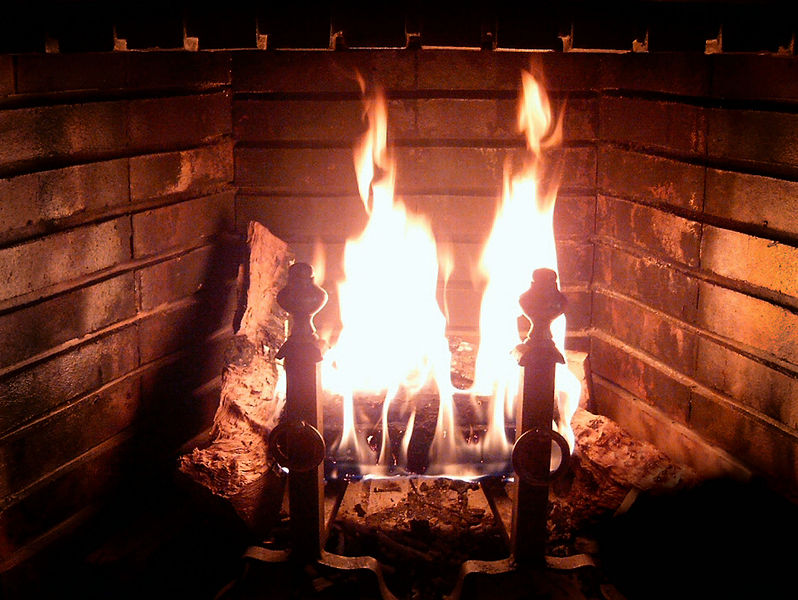

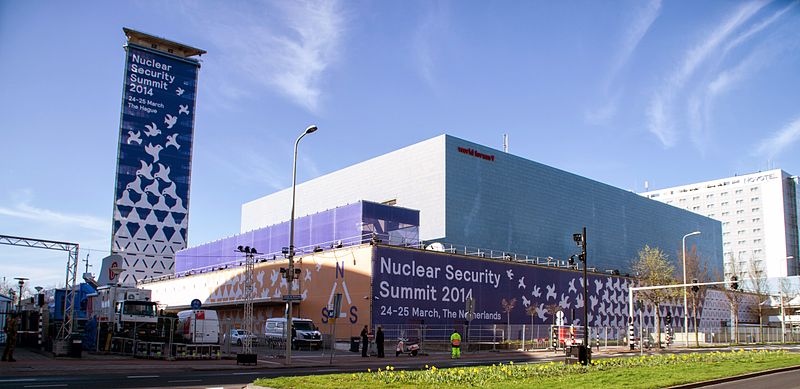
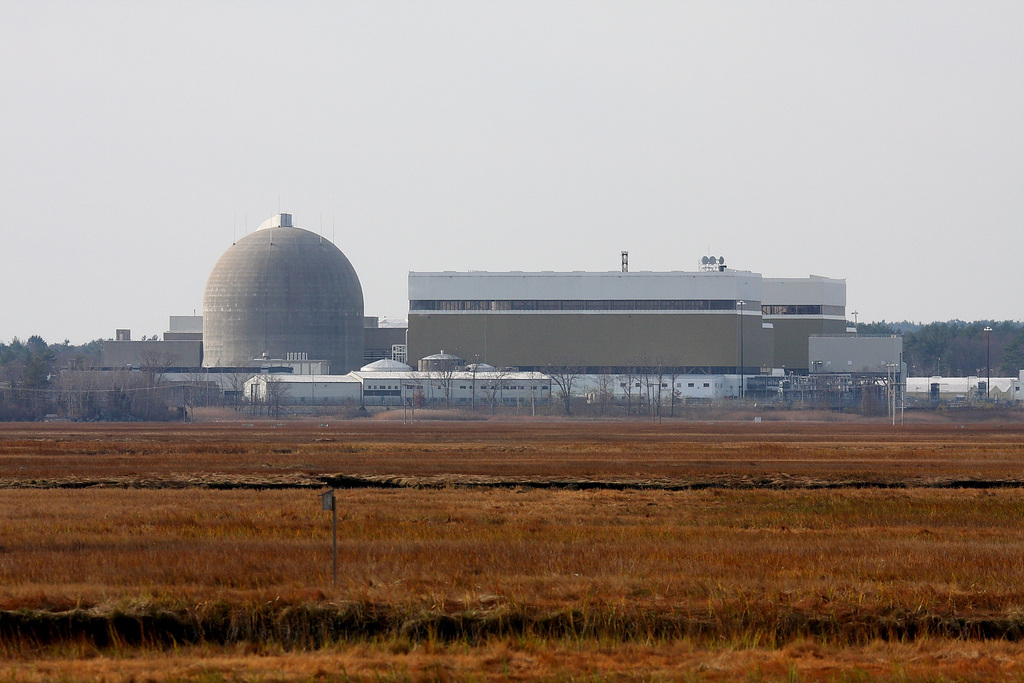

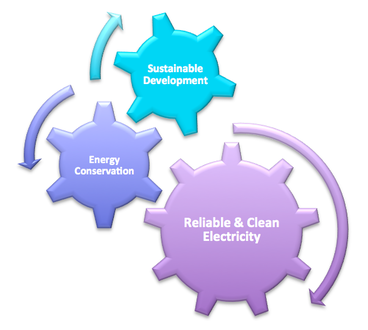
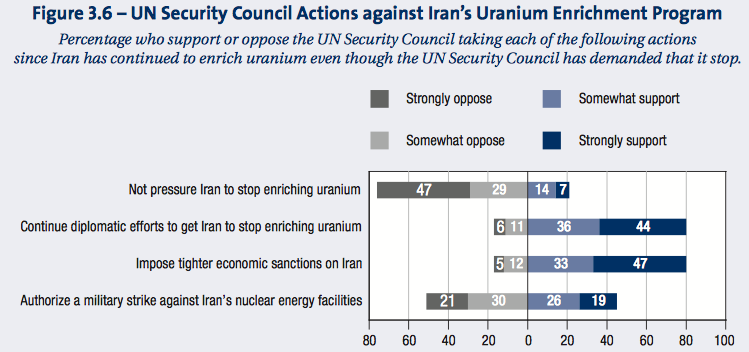
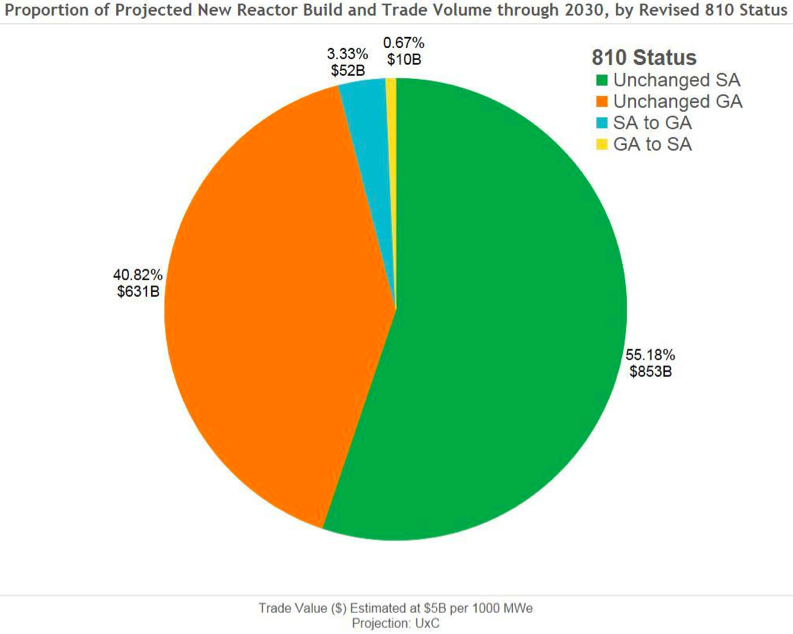



 RSS Feed
RSS Feed

